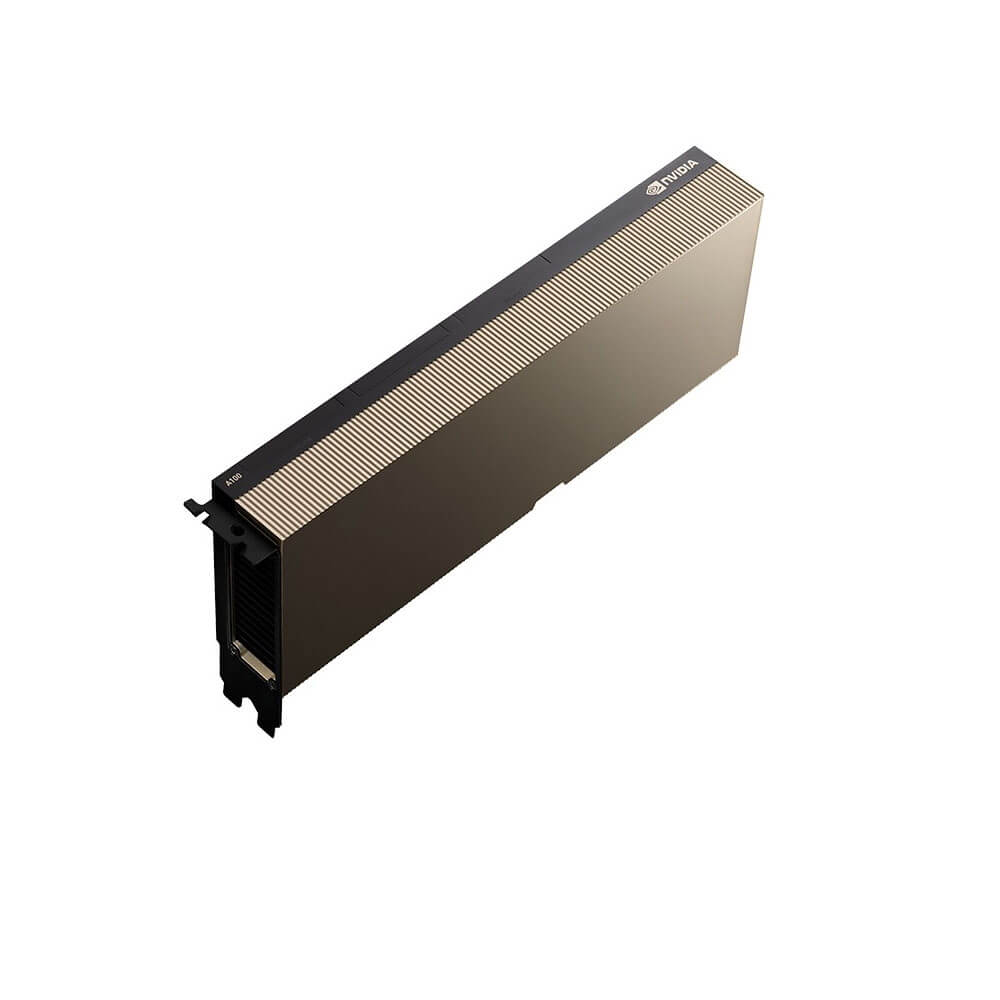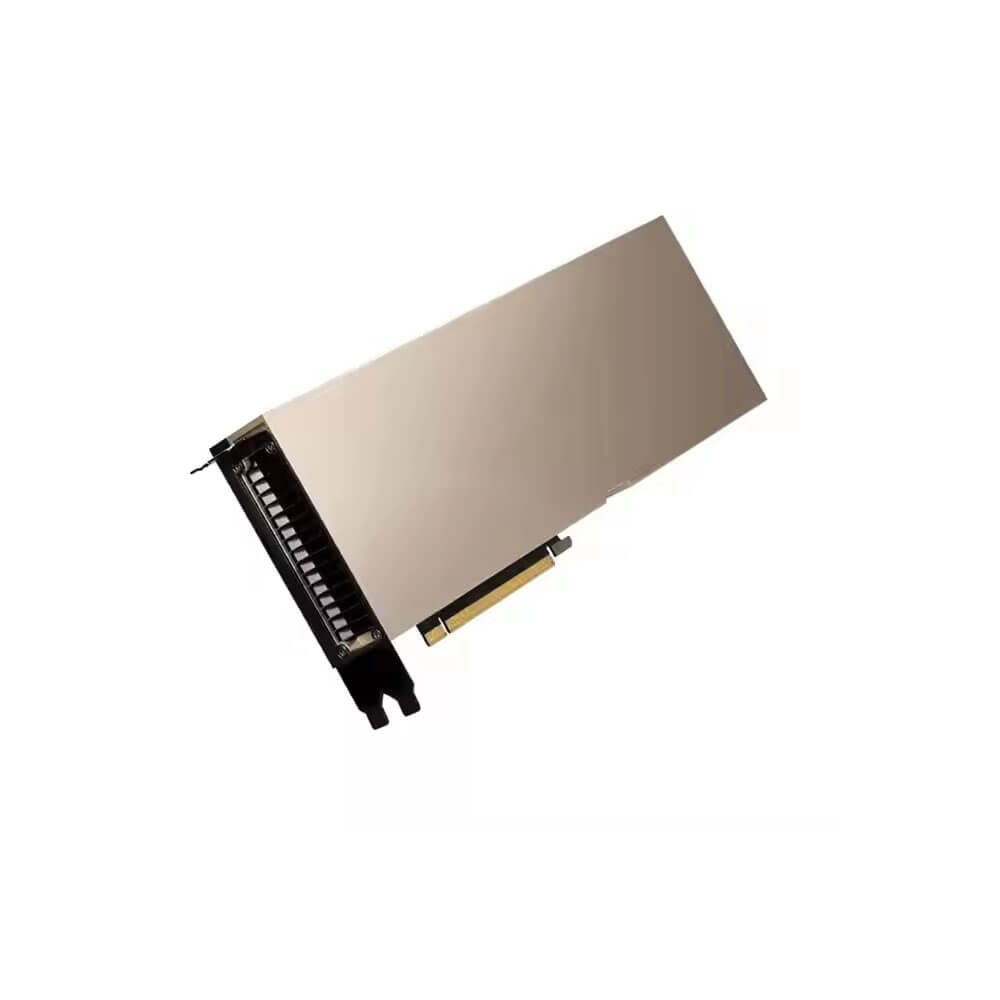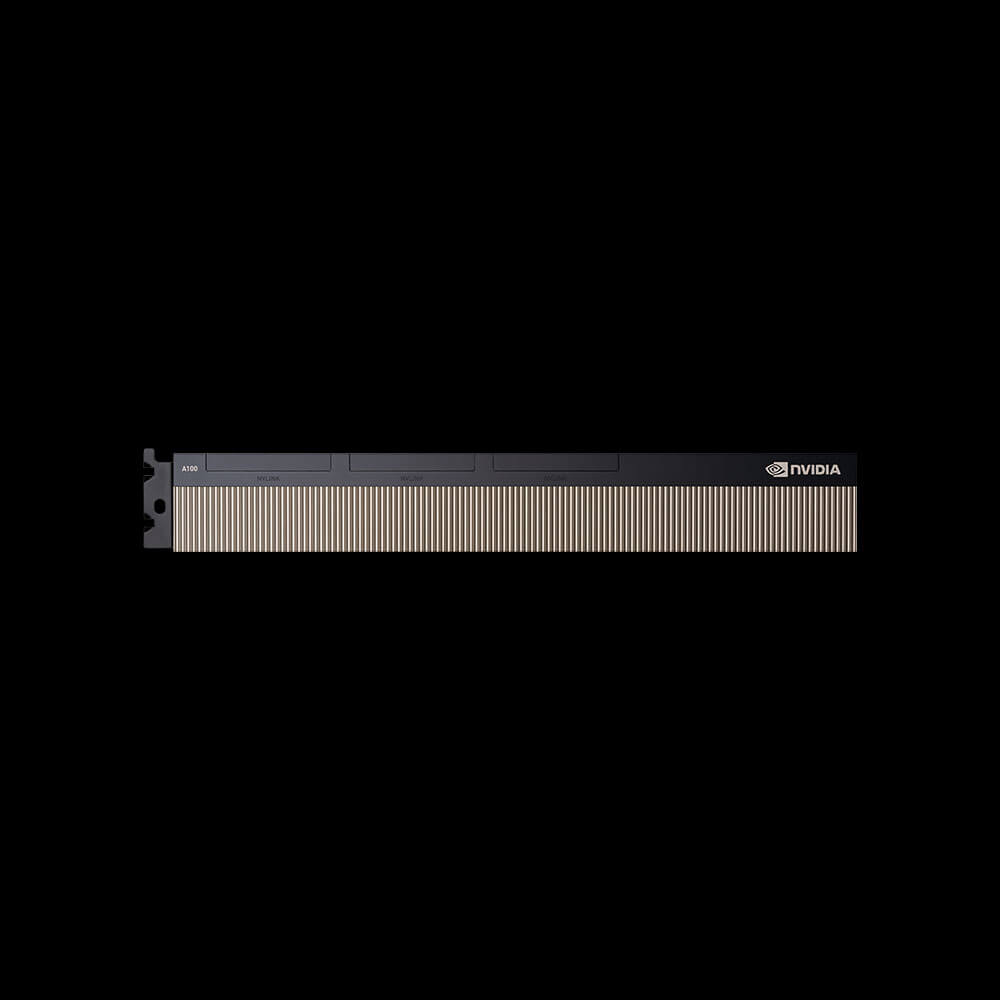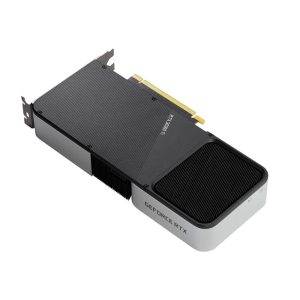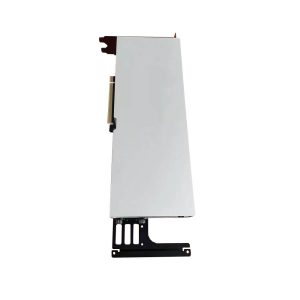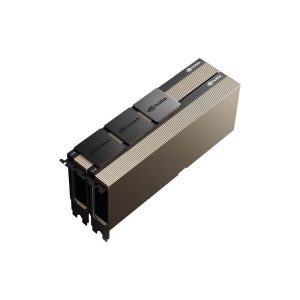NVIDIA A100X Graphics Card 80 GB
The NVIDIA A100X Graphics Card with 80GB memory is a cutting-edge GPU designed for AI, HPC, and data analytics. Powered by the NVIDIA Ampere architecture, it features Tensor Cores and multi-instance GPU (MIG) capabilities for unparalleled performance in AI training, inference, and analytics. Ideal for data centers and advanced research, the A100X ensures exceptional scalability and energy efficiency.
Min. Quantity – 5 Nos
Note: Below are the approximate and promotional prices. For the latest pricing and further details, please WhatsApp or call us at +91-8903657999.
₹1,950,000 ₹2,611,000
The A100X is a professional graphics card by NVIDIA, launched on June 28th, 2021. Built on the 7 nm process, and based on the GA100 graphics processor, the card does not support DirectX. Since A100X does not support DirectX 11 or DirectX 12, it might not be able to run all the latest games. The GA100 graphics processor is a large chip with a die area of 826 mm² and 54,200 million transistors. It features 6912 shading units, 432 texture mapping units, and 160 ROPs. Also included are 432 tensor cores which help improve the speed of machine learning applications. NVIDIA has paired 80 GB HBM2e memory with the A100X, which are connected using a 5120-bit memory interface. The GPU is operating at a frequency of 795 MHz, which can be boosted up to 1440 MHz, memory is running at 1593 MHz.
Being a dual-slot card, the NVIDIA A100X draws power from 1x 16-pin power connector, with power draw rated at 300 W maximum. This device has no display connectivity, as it is not designed to have monitors connected to it. A100X is connected to the rest of the system using a PCI-Express 4.0 x8 interface. The card measures 267 mm in length, 112 mm in width, and features a dual-slot cooling solution.
Key Features:
- Ampere Architecture for HPC & AI
- CUDA Cores
- The A100X includes tens of thousands of CUDA Cores, enabling massively parallel operations for tasks like training large neural networks or running computational fluid dynamics (CFD) simulations.
- Second-Generation RT Cores
- These RT Cores deliver real-time ray tracing acceleration, relevant for advanced rendering, design visualization, or media production where photorealistic results are required.
- Third-Generation Tensor Cores
- Optimize AI workflows with mixed-precision capabilities (FP16, BF16, TF32, INT8), delivering faster deep learning training and inference while maintaining accuracy.
- 80GB High-Bandwidth Memory
- HBM2e Memory (or Equivalent High-Speed Memory)
- 80GB of ultra-fast memory significantly reduces data-transfer bottlenecks, supporting massive AI models, large 3D datasets, or extensive HPC simulations.
- Enhanced Memory Bandwidth
- Memory bandwidth of up to 2 TB/s or more (depending on form factor) allows rapid data movement between memory and GPU, essential for high-throughput tasks.
- AI & Data Science Acceleration
- Mixed-Precision Computing
- Features hardware support for lower-precision math (FP16/BF16/INT8) to accelerate training and inference in deep learning without compromising model quality.
- NVIDIA AI Software Stack
- Integrates seamlessly with CUDA-X AI libraries, NGC containers, and popular frameworks (TensorFlow, PyTorch), streamlining AI development and deployment.
- High-Performance Computing (HPC)
- Strong Double Precision (FP64)
- Delivers robust FP64 performance crucial for scientific computations such as quantum chemistry, weather modeling, or finite element analysis.
- Multi-GPU Scaling
- Often supports multi-GPU interconnects (e.g., NVLink) to unify memory pools and scale performance linearly in HPC clusters (consult official specs for A100X NVLink support).
- Data Center and Enterprise Readiness
- Continuous 24/7 Operation
- Engineered for maximum reliability in high-density server environments, ensuring stable performance over prolonged HPC or AI workloads.
- Virtualization & vGPU
- Some configurations support NVIDIA virtual GPU solutions, enabling multiple users to share GPU resources for AI, data analytics, or remote workstation applications.
- Energy Efficiency & Advanced Cooling
- Optimized Thermal Design
- Often passively cooled in server racks or specialized HPC node enclosures, enabling consistent high performance with minimal downtime.
- Lower TCO
- Thanks to Ampere’s efficiency improvements, it delivers higher performance-per-watt, reducing operational power and cooling costs in data centers.
- Enterprise-Grade Management & Driver Support
- Long Lifecycle Driver Branches
- NVIDIA’s enterprise drivers ensure stable, secure, and validated performance for HPC, AI, and virtualization tasks.
- NGC Catalog Integration
- Access pre-built containers and toolkits from the NVIDIA GPU Cloud (NGC) for HPC, AI, or data analytics, simplifying environment setup and updates.
Applications:
- Artificial Intelligence & Machine Learning
-
- Deep Learning Training: Speeds up large-scale training with advanced Tensor Cores, enabling faster iteration for sophisticated models in computer vision, NLP, and beyond.
- Inference at Scale: The 80GB memory allows model deployment on massive AI networks, supporting thousands of simultaneous requests or high-throughput streaming analytics.
- High-Performance Computing (HPC)
-
- Scientific Simulations: Runs compute-heavy tasks in molecular dynamics, fluid mechanics, or geosciences with high double-precision output.
- Modeling & Forecasting: Accelerates climate modeling, astrophysics, or epidemiological models, offering reduced time-to-insight for researchers.
- Data Analytics & Big Data
-
- ETL & Real-Time Processing: Offloads large dataset transformations, data wrangling, and streaming analytics onto the GPU, cutting down CPU bottlenecks.
- SQL on GPU: GPU-accelerated analytics frameworks (e.g., BlazingSQL, RAPIDS cuDF) leverage the A100X’s parallelism for interactive big data queries.
- Professional Visualization & Virtualization
-
- Real-Time Ray Tracing: Delivers near-instantaneous photorealistic previews for media, entertainment, and product design.
- Multi-User Environments: GPU partitioning or virtualization can empower multiple remote desktops or containerized workloads simultaneously.
- Edge & Cloud Deployments
-
- Hybrid AI: The A100X’s HPC/AI synergy is adaptable for hybrid cloud scenarios, offering consistent performance whether on-prem or in a co-located data center.
- Edge Inference: Potentially suited for advanced edge computing tasks requiring high throughput and local data processing.
Why Choose the NVIDIA A100X Graphics Card 80 GB?
- Unmatched Parallel Compute
-
- Combines massive CUDA core counts, advanced Tensor Cores, and robust FP64 capability for HPC, AI, and large-scale simulations.
- Ample 80GB Memory
-
- Provides the headroom for massive datasets, large neural networks, or high-definition multi-stream tasks, ensuring minimal memory bottlenecks.
- Ampere’s Advanced Features
-
- Includes second-gen RT Cores for real-time ray tracing and third-gen Tensor Cores for accelerated AI operations, future-proofing HPC/AI infrastructures.
- Enterprise-Ready Reliability
-
- Robust driver support, ECC memory, and engineering for sustained load in HPC labs or mission-critical data centers reduce risk of downtime.
- Scalable for HPC & AI
-
- Integrates into multi-GPU solutions with potential NVLink for memory pooling, crucial for exascale HPC or advanced AI model training.
| Product Name | NVIDIA A100X |
| Manufacturer | NVIDIA |
| Memory | 80 GB HBM2e |
| Memory Bandwidth | 2.0 TB/s |
| Memory Interface | 5120-bit |
| Power Consumption | 400W (TDP) |
| Interface | PCIe Gen 4.0 x16 |
| Connectivity | Multi-instance GPU (MIG), AI acceleration, HPC-ready |
| Base Clock | 1410 MHz |
| Boost Clock | 1710 MHz |
| TDP | 300 W |
| PSU | 700W |

